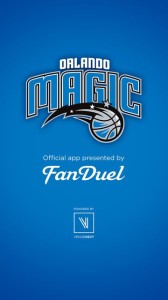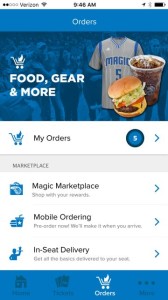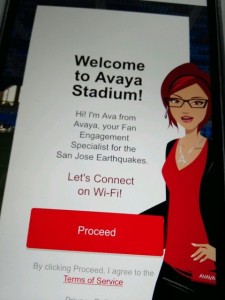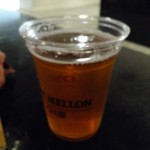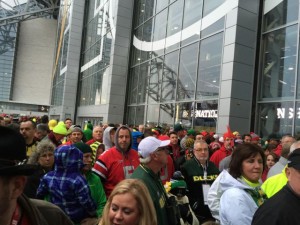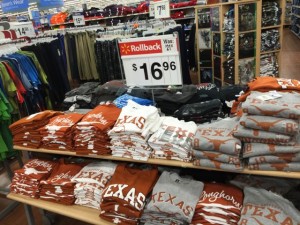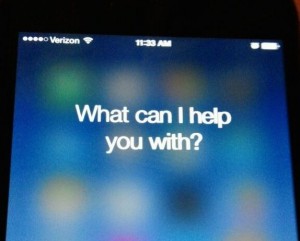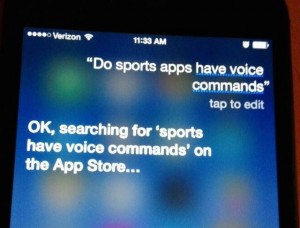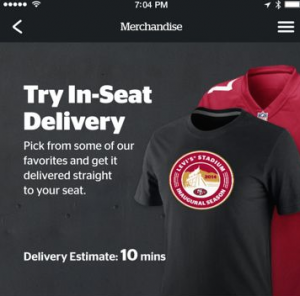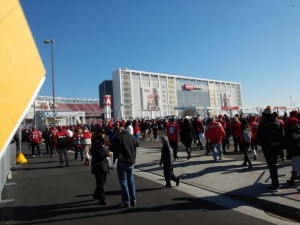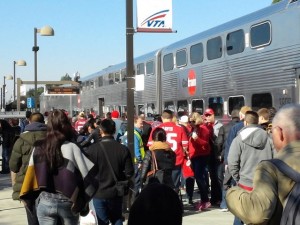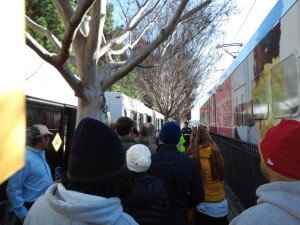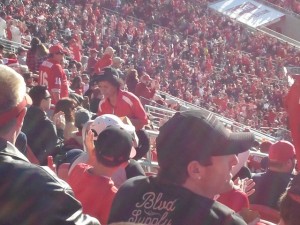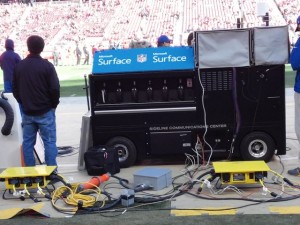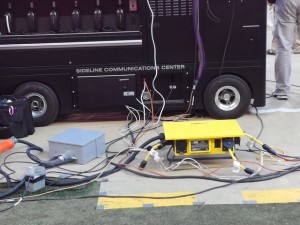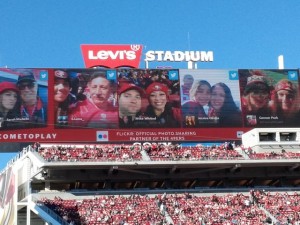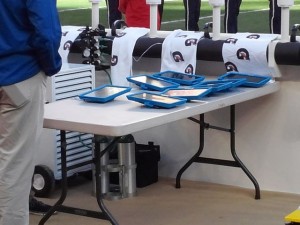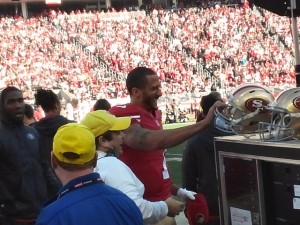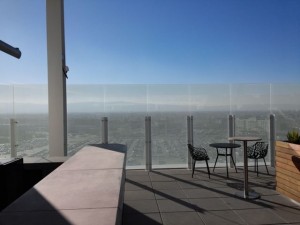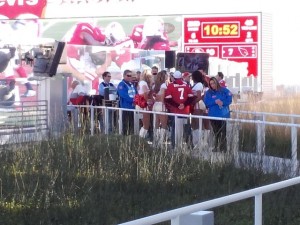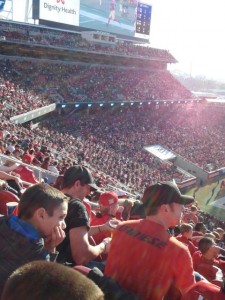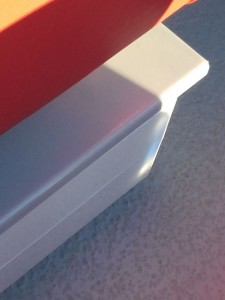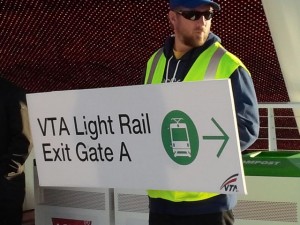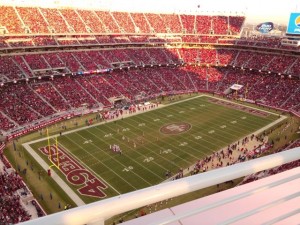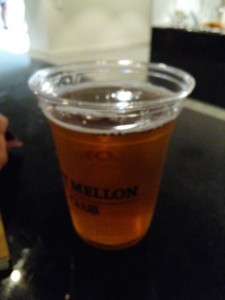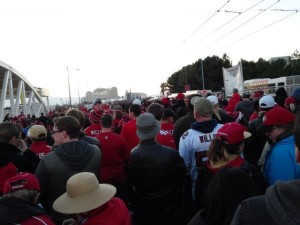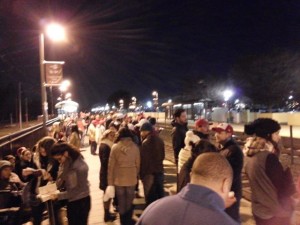Confirming reports from earlier this year, the VenueNext-powered app will be soft-launched during the NBA preseason and ready to go when games count, according to press releases from the team and from VenueNext. The deal with the Magic is the first confirmed VenueNext customer other than the San Francisco 49ers, whose owners helped launch VenueNext in part to build the app for Levi’s Stadium.
Like the Levi’s Stadium app, the Orlando Magic’s new app for the 20,000-seat Amway Center will support multiple game-day fan service functions, including the ability to use a mobile device to store digital tickets, and to pay for other ticketing functions like seat upgrades and parking passes. But the ability to order food, beverage and merchandise to be delivered to the seat will initially be limited to just 1,500 Amway Center fans in select premium seating areas, according to VenueNext. At Levi’s Stadium, all fans in the 69,500-seat venue can order food, beverage and merchandise for delivery via the app.
The app will also support instant replay services, powered by the NBA’s content feed, according to VenueNext. Like last year at Levi’s Stadium, fans in Orlando can expect features to be rolled out as the season progresses. Screenshots of the app provided by VenueNext also show the ability to pre-order concessions to be picked up at express windows, but there was no information about how many fans would be able to use this service.
Perhaps the most intriguing new twist to the VenueNext platform for Orlando is something the team is calling a “gaming feature,” which is essentially the ability for fans to bet on the game to earn loyalty points, called “Magic Money.” Though it’s not cash, the Magic Money can be exchanged for things like seat upgrades or food and beverage, the team said.This feature is supported by daily fantasy betting service FanDuel, which had previously been a partner of the Magic and is now apparently the title sponsor of the new app. No details of the gaming feature were announced other than a few lines in a blog post from Magic CEO Alex Martins that said:
Fans will be able to play along with the game based on the stats and plays that are happening in front of them and earn points into their Magic Money marketplace account. Anyone in the arena will be able to play.
Earlier this year VenueNext CEO John Paul said that the firm would announce 30 new customers before the end of the calendar year, a count that is now down to 29. It will be interesting to see if any teams that are currently using another app platform, like the content-focused YinzCam apps, add or change to the VenueNext platform, which is solidly focused on fan services. In his blog post, Magic CEO Martins said he was confident the VenueNext app would improve the already-leading Amway Center fan experience:
During the upcoming season, our fans will be able to interact in so many more ways than in the more static fashion they’ve experienced in the past. Overall, most sports team apps are focused on content, which is one dimensional. Now, through this brand new experience, NBA fans for the first time will have a more dynamic and comprehensive experience.
